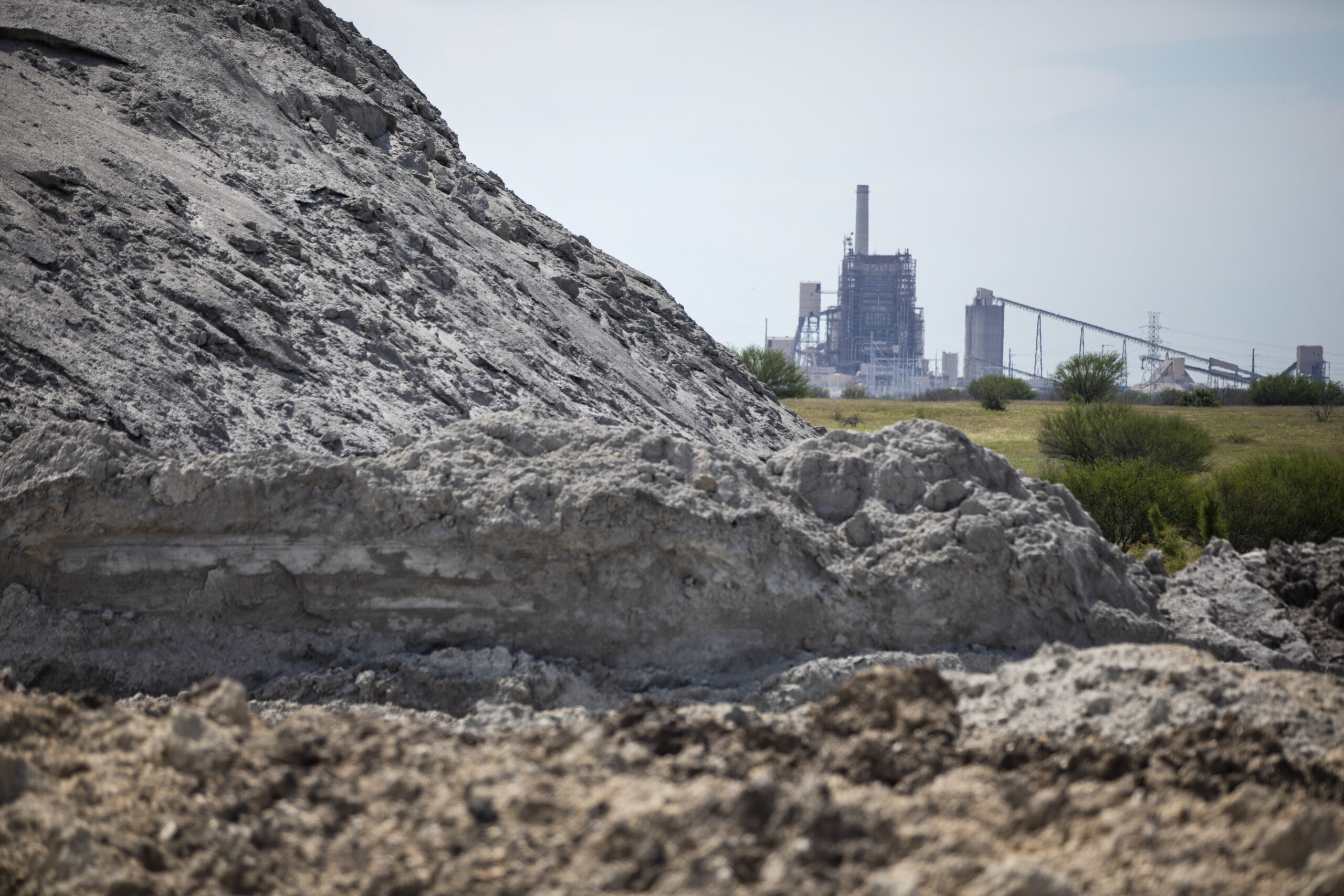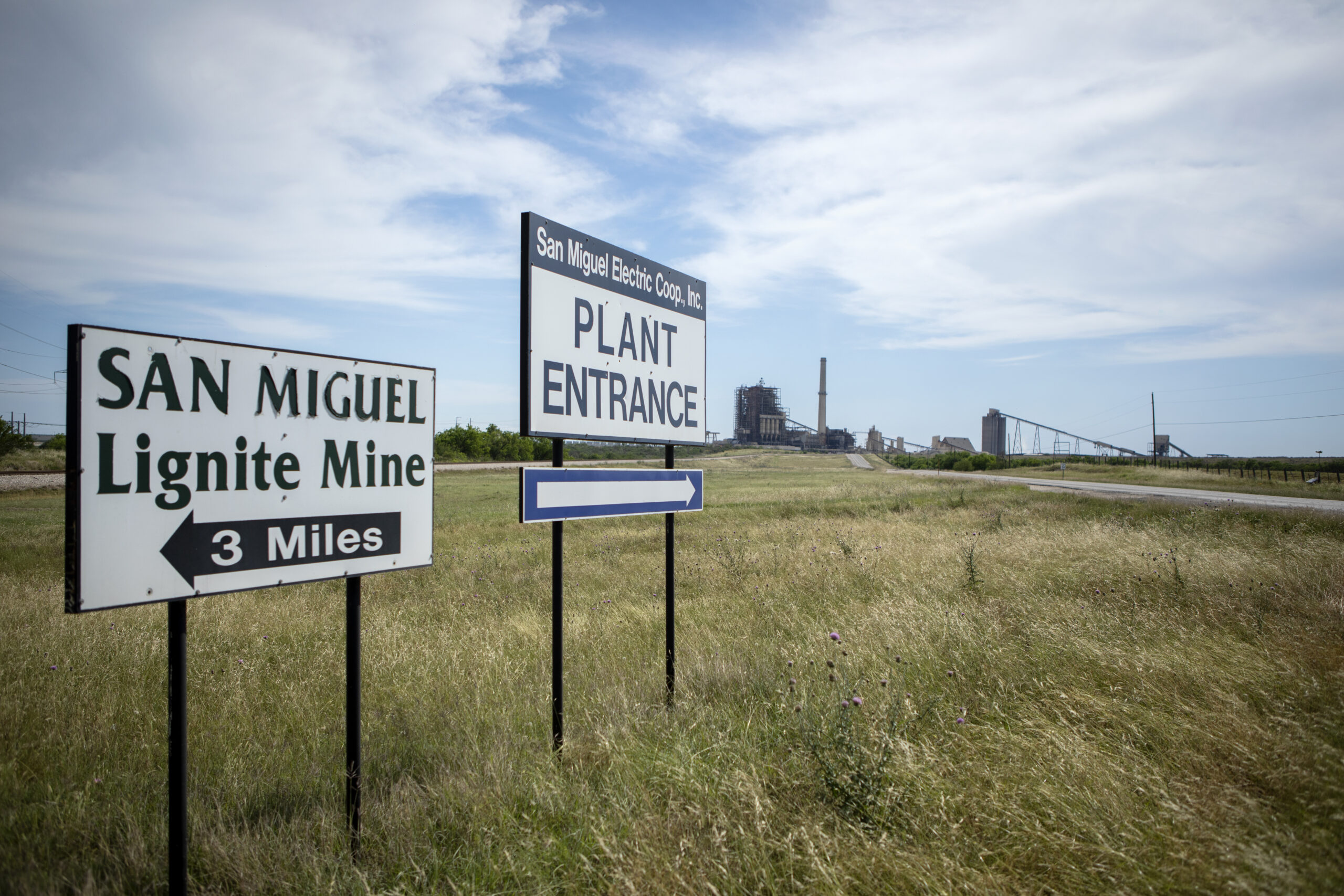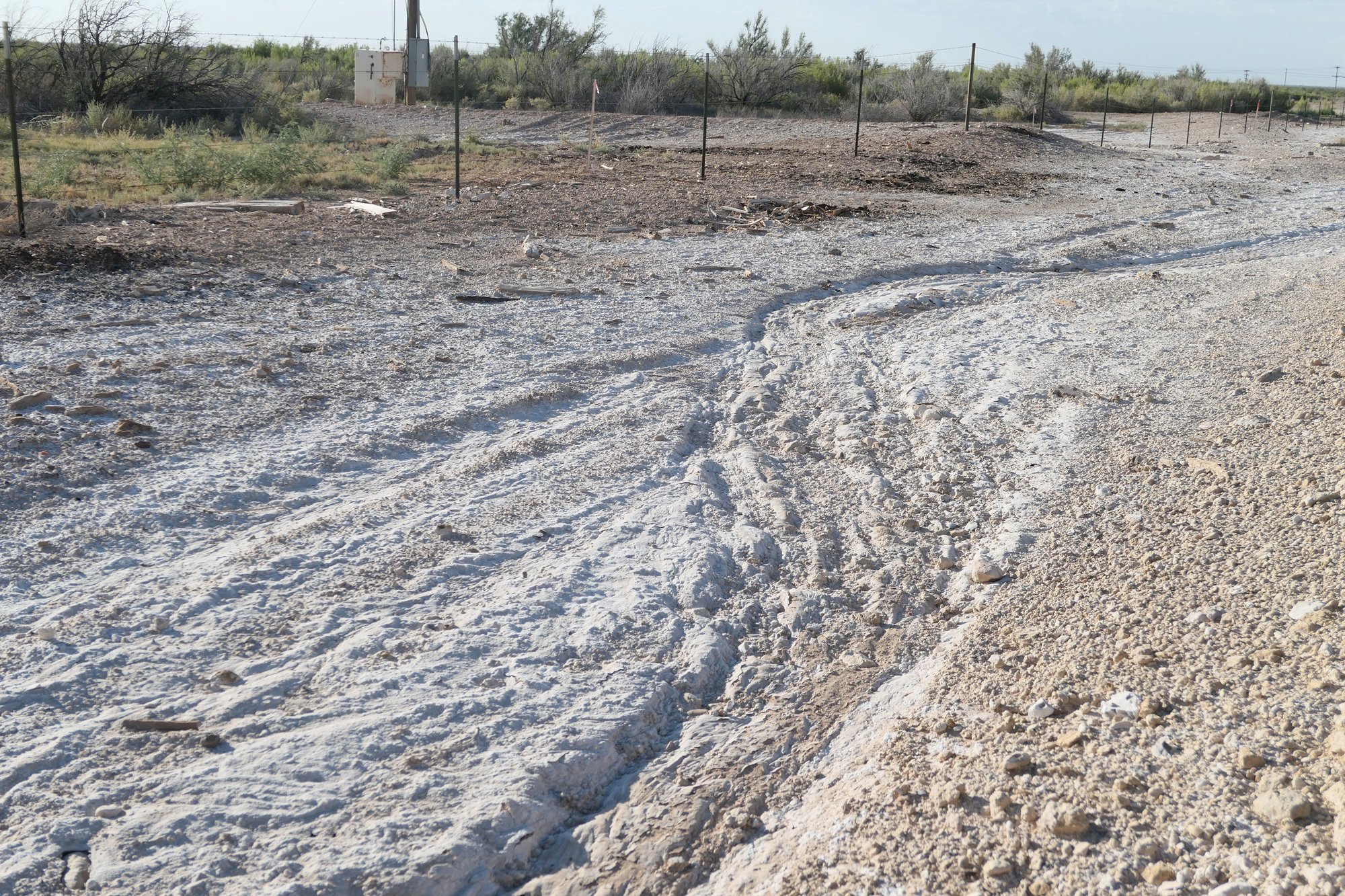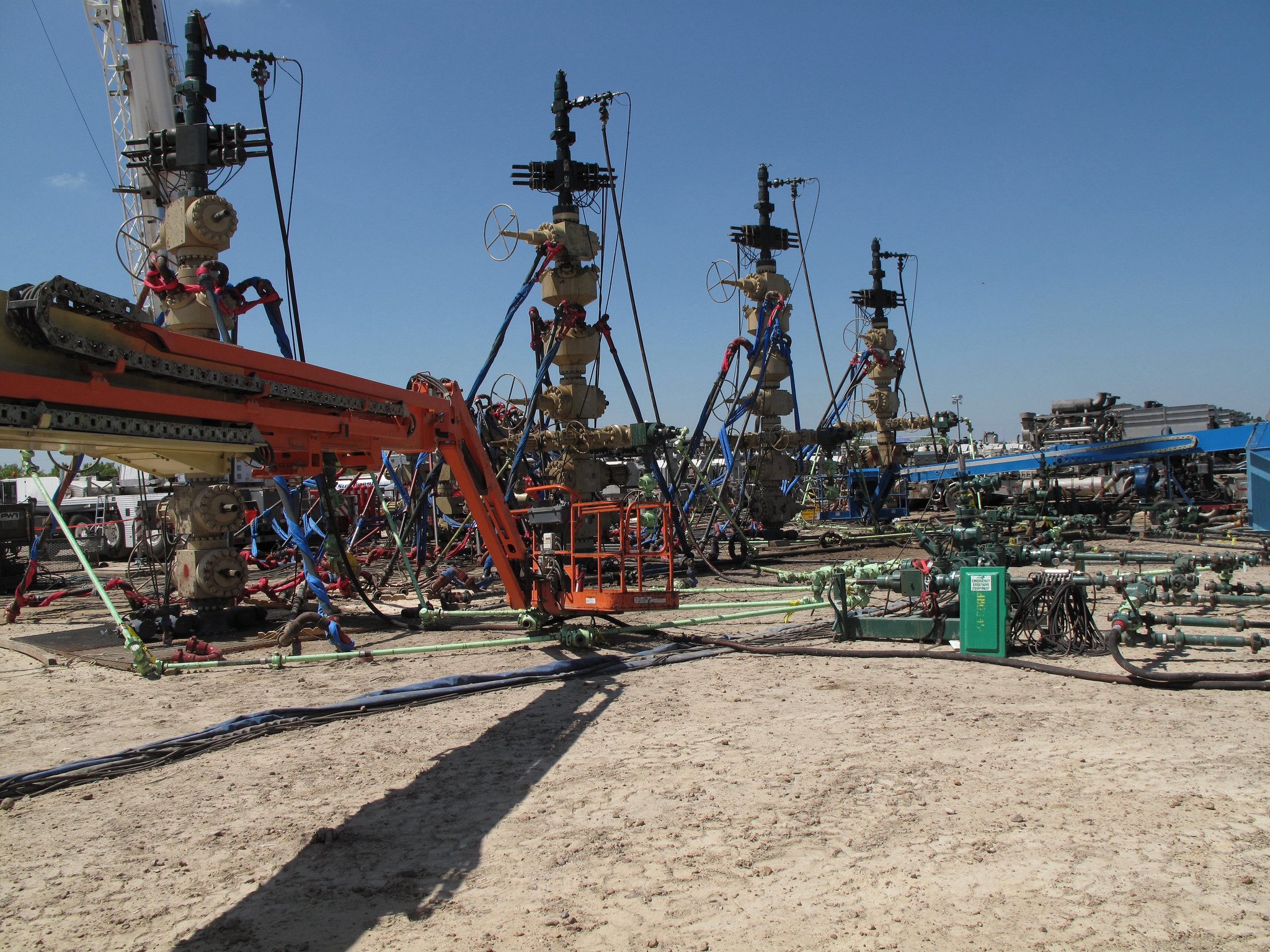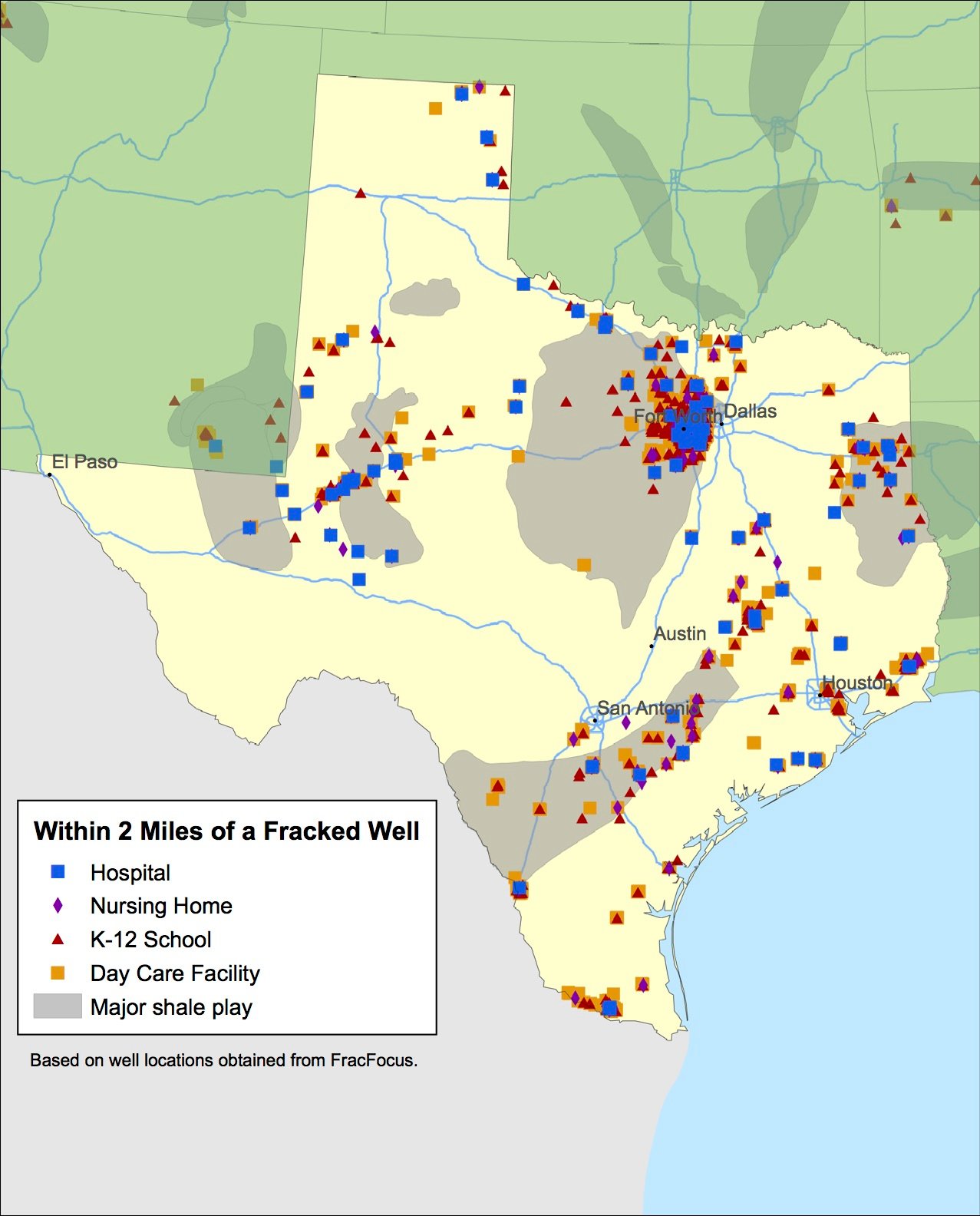This article originally appeared on Inside Climate News, a nonprofit, independent news organization that covers climate, energy and the environment. It is republished with permission. Sign up for their newsletter here.
Texas regulators on Tuesday approved a 12,000-acre coal mine expansion despite objections from local governments and a river authority concerned about their water supplies.
Three nearby counties, two cities, a river authority, a groundwater district, and several landowners had asked Texas’ upstream energy regulator, the Texas Railroad Commission, not to permit a new coal mine and ash disposal along the tributaries that fed their drinking water reservoir, Choke Canyon lake.
After a year of legal proceedings, their final shot to make that case came Tuesday in the Texas Capitol. McMullen County Judge James Teal, former manager for a gas pipeline company, presented objections to the mine and ash disposal at the commission’s monthly meeting.
“This permit is an unacceptable risk to the water we depend on and the land we call home,” he said. “We have a duty and responsibility to protect our water resources for our children and future generations who will suffer from the poor decisions that we make today.”
Teal worried about ash in the wind and water. He said errors abound in San Miguel Electric Cooperative’s permit application to expand its coal mine. And he told the commissioners that the company lacked the financials to clean up its toxic mess when it shuts down.
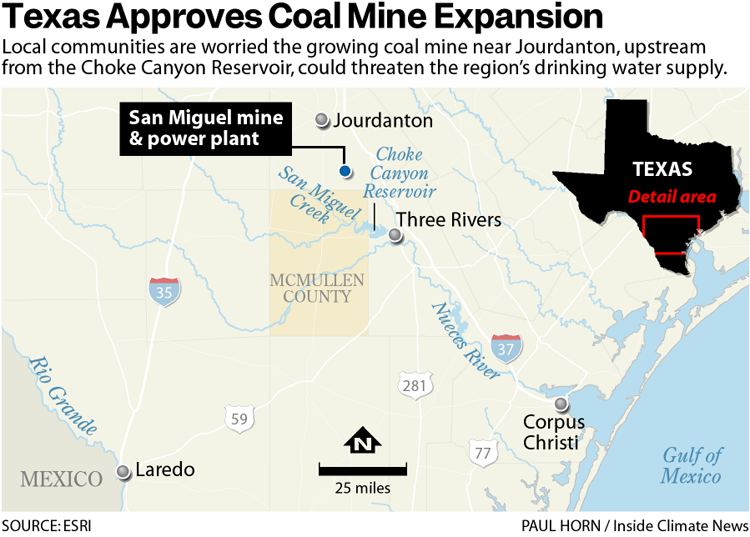
“It is irresponsible for us to allow a company that has a terrible reputation in our community to expand,” Teal said.
Teal’s appeal did no good. The three commissioners voted unanimously to issue the permit.
Governments around the world have committed to steep reductions in the use of coal–the dirtiest fossil fuel–as a means to reduce carbon emissions that drive atmospheric warming. New permits to mine coal are rare, even in Texas, the nation’s top coal consumer.
The permit issued Tuesday was only the second in at least ten years for Texas. The other, in 2018, went to the same controversial mine operator for a 2,700-acre expansion.
The new permit allows San Miguel, which did not respond to a request for comment, to mine lignite-–a low-grade coal—for use in its small power plant, then to backfill mining pits with the toxic ash left behind by burning coal.
“Keeping this plant running is imperative to keep the Texas grid running,” said Commissioner Jim Wright. “I want to make it clear to those of you with concerns that I live and work in that same part of the state that you do.”
A Small Plant with a Big History of Controversy
With about 400 megawatts of generation capacity, the San Miguel power plant is the second-smallest of 14 coal-fired power plants currently operating in Texas, according to a 2023 report by Environment Texas. Collectively they account for about 13 percent of statewide power generation so far this year.
Texas burns far more coal than any other U.S. state—almost twice as much as Missouri, the next runner-up, according to the National Mining Association.
Coal consumption in Texas peaked at 111 million tons in 2011 then fell to 62 million tons by 2021, according to data from the U.S. Energy Information Administration.
In South Texas, San Miguel has long been cause for controversy. New rules for coal plant emissions put forth by President Obama in 2015 almost forced the plant to close, according to a San Antonio Express-News report. But it got a lifeline in 2017 when the rules were canceled under President Trump.
In 2019 a Texas Tribune investigation detailed how San Miguel contaminated the Peeler Family Ranch in Atascosa County through improper coal ash disposal and wastewater discharge, then declined to pay the costs of cleanup.
When the Peelers sued to evict the miner, San Miguel tried to seize the Peeler ranch through eminent domain. After years of legal battles, San Miguel bought the property for $38 million. The saga left a sour taste with most local residents.
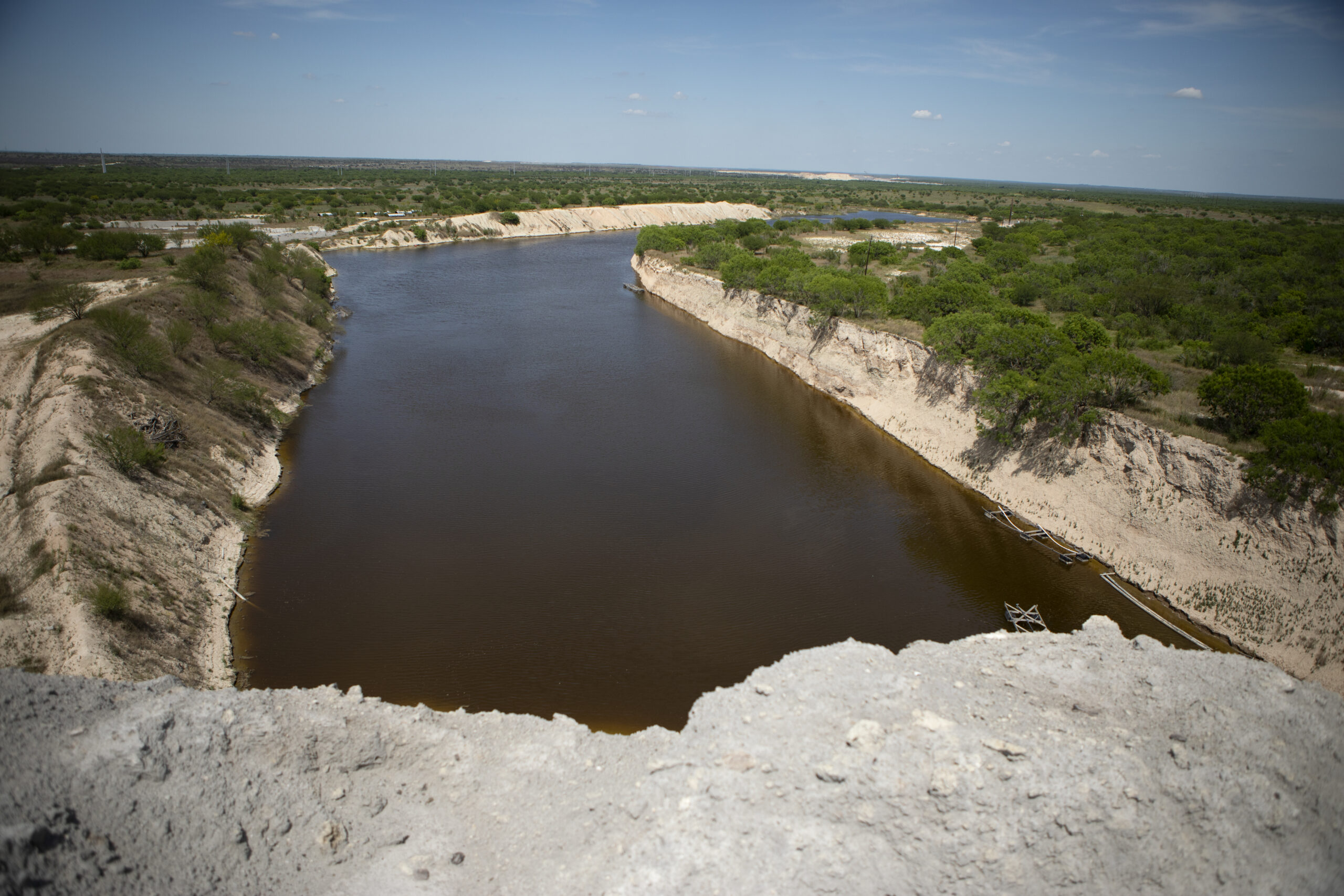
“Here in McMullen County, we don’t want them,” said McMullen County constable Marty Soward, a former criminal investigator and a fifth-generation South Texas ranchland owner.
Public opposition does not factor into Railroad Commission permitting decisions, according to Virginia Palacios, director of the watchdog group Commission Shift, but potential for pollution does. She said the commissioners on Tuesday “looked the other way when local elected officials brought them compelling information.”
“We need the commissioners to act more cautiously about granting permits when the public is asking for help,” Palacios said.
Choke Canyon Reservoir
The community’s greatest fear is that coal ash migrates into its water supply, Choke Canyon Reservoir.
“Our concern dealt with the protection of the water quality of the tributaries leading into Choke Canyon reservoir,” said John Byrum, executive director of the Nueces River Authority, which filed an official challenge to the permit. “We take our job very seriously.”
They worry that coal ash buried on site will eventually seep into tributaries that feed the reservoir, especially if San Miguel doesn’t follow through on commitments to clean up the site after the coal mine ceases operation.
“At my age it might not affect me, but I’m looking for the younger generation down the road,” said Felipe Martinez, 76, mayor of the small town of Three Rivers. “We’re just wanting to make sure that our Choke Canyon Lake, our only water source, stays clean.”
The town has no abundance of wealth, said Martinez, a retired refinery worker. Its biggest employers are a Valero refinery and a prison. That leaves the community with little say in decisions involving high-dollar industry.
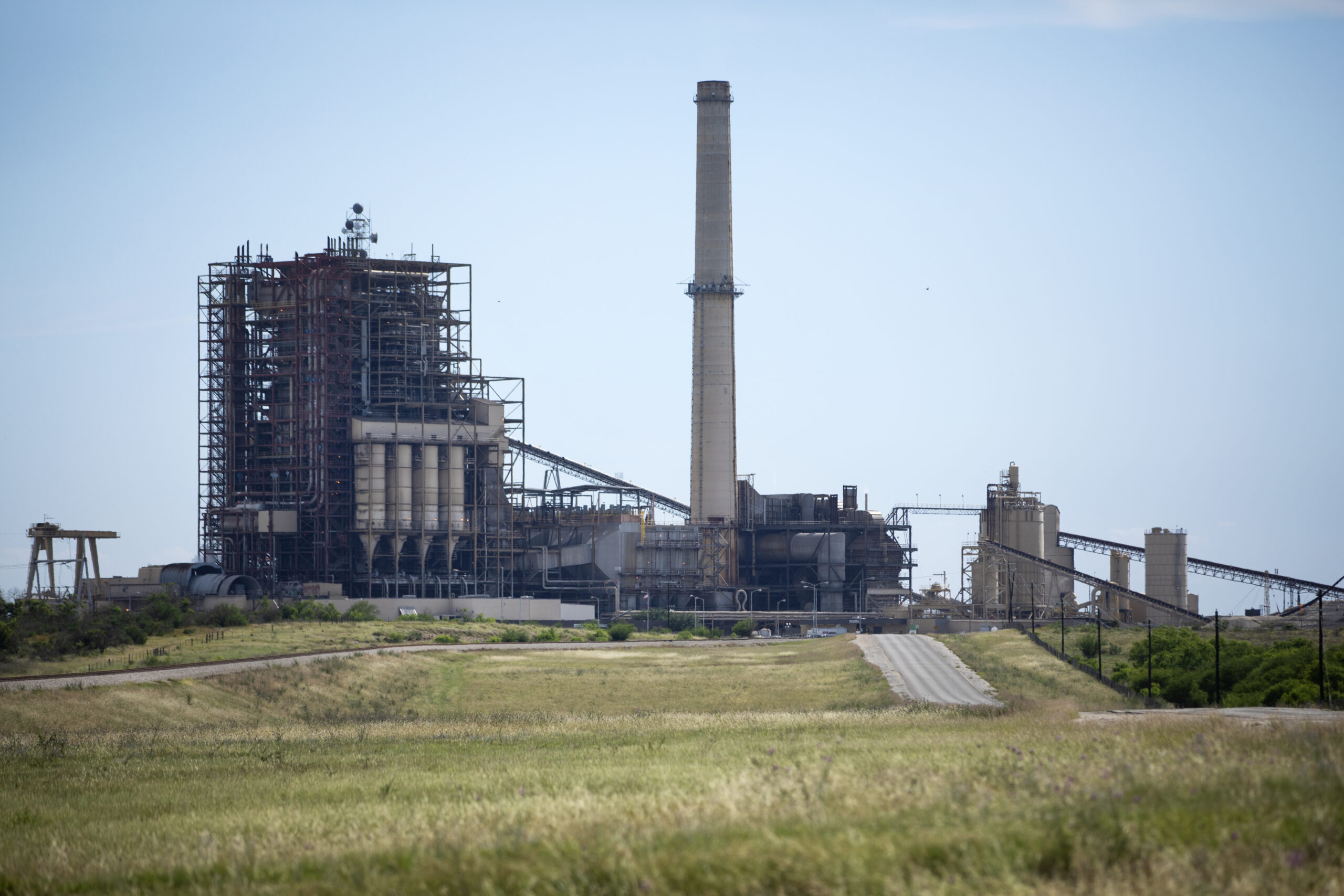
“The city doesn’t have a lot of money to hire experts to fight big companies or to force the state to do the right thing,” Martinez said.
Short on options, Martinez and Judge Teal last week co-authored an op-ed in the Corpus Christi Caller-Times titled “Railroad Commission should stop expansion of dirty coal operation,” in which they called San Miguel “a company that has had a terrible reputation in our communities for years.”
In a rebuttal, San Miguel general manager Craig Courter wrote, “We have mined and reclaimed land in the Choke Canyon and Corpus Christi watersheds for more than 40 years, with no adverse impacts to public health.”
“Our coal ash placement was authorized by state agencies after we demonstrated no significant adverse environmental and health impact,” he wrote. “It is securely and lawfully stored in ways that are documented not to affect water usable by humans or animals.”
It has, however, had a tremendous effect on water not usable by humans or animals.
Groundwater Concerns
Most groundwater in the lower Nueces River Basin is too salty by nature for people to drink. The region depends almost entirely on lakes and rivers.
So it hasn’t troubled anyone, yet, that the water beneath San Miguel’s ash dumps is among the nation’s most toxic.
“Groundwater is more contaminated at San Miguel than at any other coal plant in the country,” said Abel Russ, a senior attorney with the Environmental Integrity Project and author of a 2022 report on water pollution from coal ash dumps.
The study drew on self-reported industry data from required test wells surrounding coal ash disposal sites. It found that groundwater around San Miguel’s ash pile contained beryllium at 127 times the concentration established in the EPA’s groundwater standards; plus cobalt at 488 times and lithium at 90 times the standard limit, along with other contaminants.
Around San Miguel’s two ash ponds, which collectively cover 30 acres, the study found boron at 35 times and radium at six times the standard limit.
During a hearing last November, opponents of the mine and ash disposal expansion argued that San Miguel’s permit application did not provide adequate groundwater protection planning to reduce human health and environmental risks.
An expert witness for San Miguel, Keith Wheeler, testified that underground pollution doesn’t present health risks because no one in the area uses the groundwater.
“There are no water well users within one mile of the site shallower than 650 feet,” Wheeler testified. “There’s no future beneficial use of the groundwater that’s highly saline.”
“That to me is not a risk, a human health risk, or a threat to a potential groundwater user,” he said.
But just because no one uses groundwater today doesn’t mean they never will.
Texas’ state water plan calls for (among other things) development of groundwater desalination plants, mostly in South Texas, to help avoid future scarcity. The plan expects volumes of groundwater desalination to increase almost five times between 2020 and 2030.
“We will find ways to clean salty water,” said Mary Whittle, a lawyer retained by McMullen County. “What we will not find is ways to clean water that’s been polluted with heavy metals.”
San Miguel now has permission to mine, but it’s still waiting on a permit from the state’s environmental regulator, the Texas Commission on Environmental Quality, to discharge the wastewater and runoff from its new operation.
A draft permit from the TCEQ would allow San Miguel to dump up to 360,000 gallons per day of “cooling tower blowdown” and another 360,000 gallons per day of “coal pile runoff, ash pile runoff, runoff from contained flue gas desulfurization processing area, and runoff from other material storage piles” into tributaries in the Nueces River Basin.
